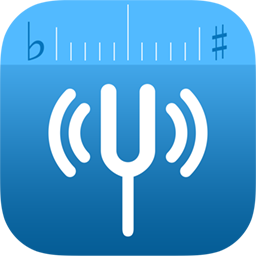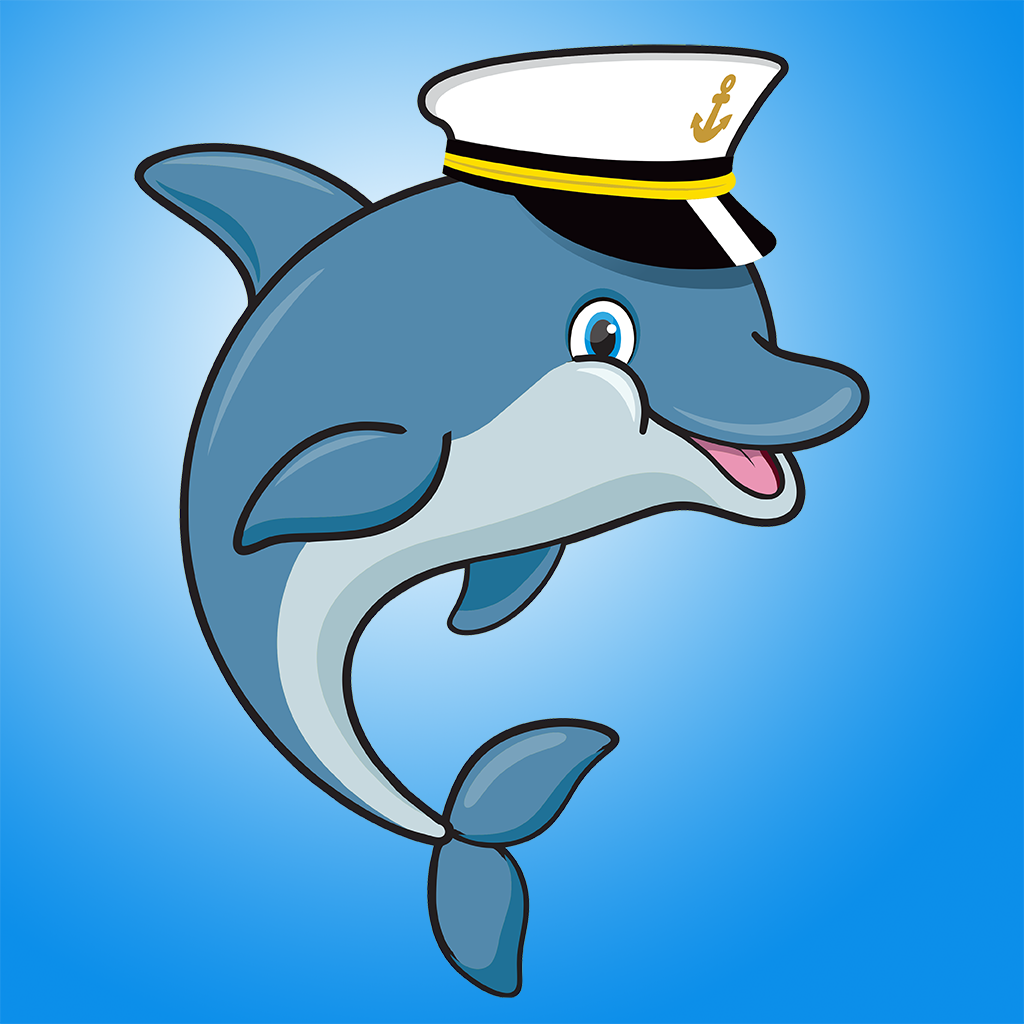"They" are working on a proposed trade agreement between the US and the EU, and to my mind, it cannot come quick enough.
I like buying stuff online. But I do my best not to buy stuff from the US. I would buy a lot of stuff from the US if it wasn't for the trade barriers in place, the big administration of adding nothing to something of low worth. Sounds crazy already? You bet!
I wanted to fix my espresso machine not long ago, and needed to order some gaskets. After a while searching online, I found them in a little espresso-shop in the US. I ordered them and some clips, it all could fit nicely into an envelope. Knowing administration and postage would be expensive, I added a bit more than I thought I needed. But all in all, postage via UPS was about as expensive as the items bought: $25. I'm sure that was cheap for ...
How do you deal with incoming calls or similar disturbances while driving the bicycle? Today a bicyclist in front of me demoed his reaction, taking up his phone and trying to interact with it while almost creating an accident with other bicyclists. More proper would be to ignore it, and if you felt it was important, find a place to stop and check it.
Glances provide a second option: you can have a glance on your watch. It's a disturbance, but better than fumbling one-handed with your phone. But there can be no interaction: your other hand is firmly on the steering wheel and the hand on the watch arm cannot interact with it. So there all the sudden the interaction that is making a short glance into a long glance comes in. Looking at the watch a bit longer can provide additional information about the disturbance, making it easyer to ...
When the iPhone launched, and for the first versions of the iOS SDK, an app was a bundle, a directory with metadata if you will, with the suffix .app. System- and 3rd party apps were all contained in each bundle. No app was in multiple bundles, and no bundle was multiple apps.
Already I'm simplifying, because there was one more thing to the app bundle: optionally, you could add a settings bundle, which would load into Settings.app and allow the user to change the settings from your app, from outside your app.
Since then, things have become more complicated. To start with, you had universal apps: it was still an app, but now it had the complexity of targetting two platforms, the iPhone and the iPad.
Following that, we got extensions, which could (and in my opinion should) be seen as apps in their own right: little plugins, ...
For WatchKit extensions, I've used the parallell of puppeteering: the app makes the extension do things, but the extension itself has close to little logic. Others use the parallell of the browser, and I do like this. Like the browse, the iPhone serves up state in a context upon a remote screen, the app can project state in a context upon a extension (remote view controller).
Continuing on yesterdays post with the idea that hosting extensions (I really prefer the name remote view controllers like we saw in iOS 6) is something that can be opened up, let's take it to the extreme and say it was proposed as an open standard, much like HTTP. All the sudden, this could become the new browser, allowing any app to project their content into it.
That would be absolutely awesome! ...
Back in 2012 I wrote about the private framework around Remote View Controllers, hinting that developers should keep this in front of their mind. Through iOS 8 this became extensions, and with the Apple Watch, this is the main interface for Apple Watch, at least until WWDC 2015.
On the Debug podcast episode 57 Guy & co mentioned that Apple TV is a prime target for extensions, and I agree, but let's think it over. For my case, I have a kid and no time to watch TV. I use the TV mainly to stream music just like I would with an Airport Express (why, oh why, is this not in the Airport Extreme and Time Capsules! And why, oh why, has the Apple TV and Airport Express not merged yet? And neither have they been updated in forever. Sigh....). What is a killer feature ...






